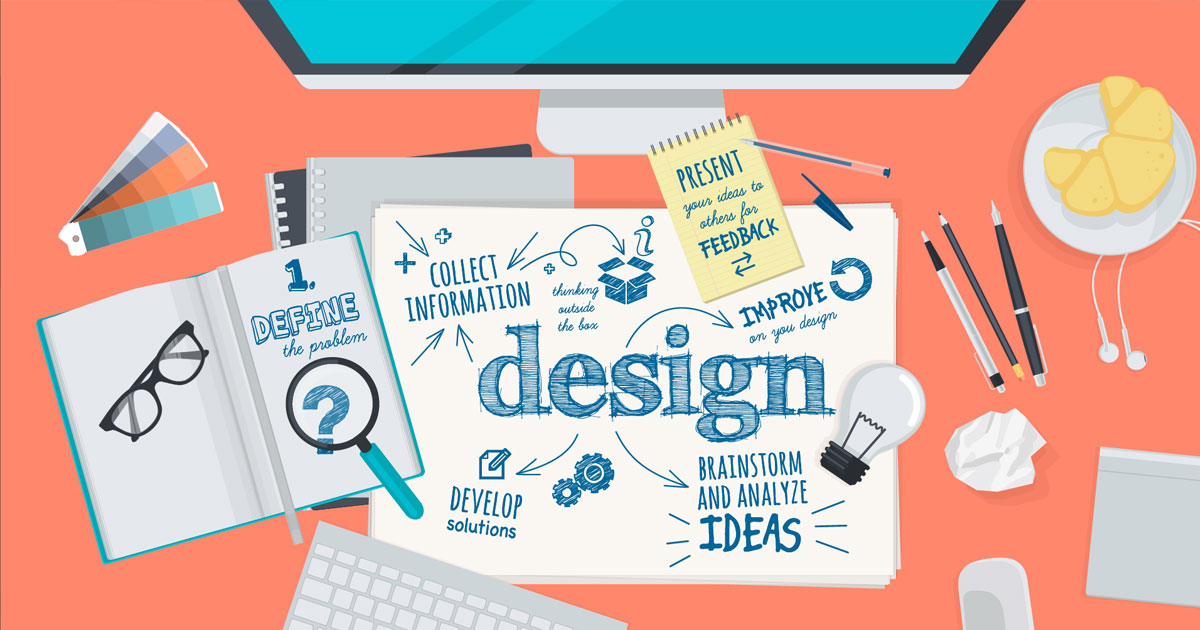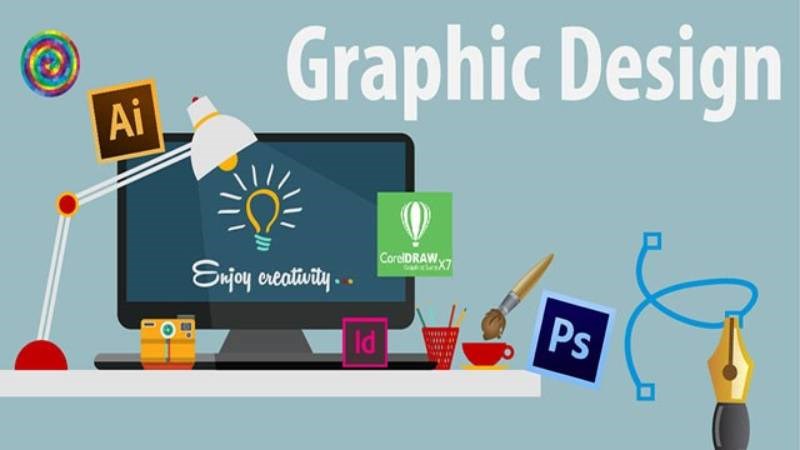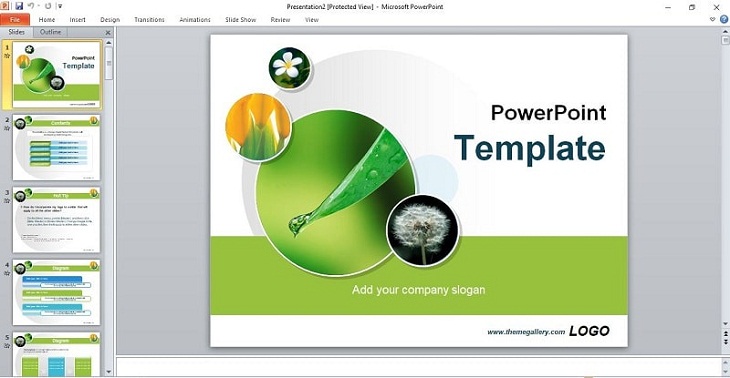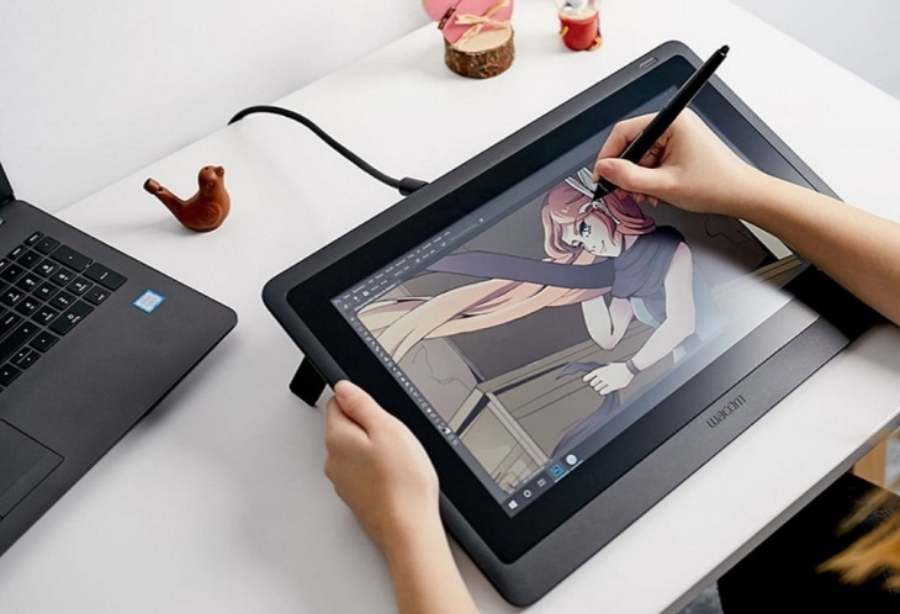Best Selling Products
Soft Skills - The Key For New Design Students To Conquer With Confidence
Nội dung
- 1. Soft Skills - Steps To Success In The Design Industry
- 2. Soft Skills: The Secret to Success for New Design Students
- 2.1 Skills to Become Familiar and Use Design Software
- 2.2 Video Recording and Editing Skills with CapCut and Premiere Tools
- 2.3 Mastering PowerPoint Slide Making Skills
- 2.4 Presentation Skills: Confidently Speaking in Front of a Crowd
- 2.5 Teamwork Skills in Design
- 2.6 Creative and Flexible Thinking in Design
- Conclude
What are the soft skills that new design students need to prioritize training from the beginning? Let's explore together to build a solid foundation for a design career.

Soft skills are not only a supplementary factor but also play an important role in the career development journey of new design students. In a competitive creative environment, possessing outstanding soft skills such as communication, teamwork, and time management not only helps you improve your performance but also makes a strong impression on lecturers, colleagues, and clients. So, what are the soft skills that new design students need to prioritize practicing from the beginning? Let's explore to build a solid foundation for a professional design career!
1. Soft Skills - Steps To Success In The Design Industry
In the creative and challenging design industry, soft skills are the key to help you go further on your career path. In addition to professional skills, designers must also know how to communicate, work in teams and handle problems effectively. These skills not only help you build strong relationships with clients and colleagues but also enhance your ability to adapt and be creative in all situations. Invest in soft skills today to gradually affirm your position in the professional design industry!

2. Soft Skills: The Secret to Success for New Design Students
2.1 Skills to Become Familiar and Use Design Software
In the modern design world, mastering design software is a must for anyone who wants to enter this industry. However, to be highly effective, you need to start by familiarizing yourself with the interface, basic tools and operating procedures of each software. This skill will not only help you create impressive products but also save time and improve work efficiency. From Photoshop, Illustrator to 3D tools like Blender or AutoCAD. Continuously learn and improve to turn design software into a powerful tool for your creativity!

2.2 Video Recording and Editing Skills with CapCut and Premiere Tools
In an era where video content has become the dominant medium for conveying messages, video editing and editing skills are indispensable for any designer. CapCut and Adobe Premiere are two popular tools that meet the needs from basic to advanced in video editing.
- With CapCut : This is an ideal choice for beginners thanks to its friendly interface and built-in unique effects and filters. You can quickly cut, add text, sound or transition effects with just a few simple steps.
- With Premiere : This software is for those who want to go further with professional editing capabilities. Premiere offers a powerful set of tools for handling color, audio, effects, and working with high-resolution video.
Mastering both tools will not only help you create quality video products, but also expand your career opportunities in fields such as marketing, communications, and content creation. Start by mastering the basic functions, then explore the advanced features to become a professional video editor.
2.3 Mastering PowerPoint Slide Making Skills

PowerPoint is not only a regular presentation tool but also a "powerful assistant" to help you convey ideas in an impressive and professional way. To create attractive slides, you need to practice skills from basic to advanced.
- Understand Slide Structure and Purpose: Identify your key message and design your slides with a clear, easy-to-understand structure. Each slide should focus on only one main idea to avoid confusing the viewer.
- Use Fonts and Colors Wisely: Choose fonts that are easy to read, in harmony with the theme, and combine colors appropriately to enhance aesthetics. Sans-serif fonts such as Arial , Roboto , or creative font sets from SADESIGN are also ideal choices for professional slide design.
- Subtly Integrate Effects and Transitions: Use moderate effects to highlight content, avoid using too many distracting effects.
- Use Eye-Catching Images and Graphics: Insert high-quality images, charts, and relevant illustrations to enhance your presentation. Make sure the images you choose are relevant to the content of your presentation.
- Practice Logical Presentation Skills: A beautiful slide is not enough, you need to practice presenting confidently, emphasizing key points to convey a clear message.
With perseverance and creativity, mastering PowerPoint will not only help you create excellent presentations but also improve your ability to communicate ideas in all fields!
2.4 Presentation Skills: Confidently Speaking in Front of a Crowd

Presentation is one of the important skills, not only helps you convey ideas but also assert yourself in front of a crowd. However, confidence when standing in front of many people is not easy and needs to be practiced over time. Here are some tips to help you improve this skill:
- Prepare a Strong and Compelling Content: Know the information you want to convey, organize your ideas into a clear structure: introduction, main content and conclusion. Use stories or real-life examples to make your presentation more vivid.
- Practice Regularly: Practice in front of a mirror or record your rehearsals to identify and improve mistakes like stuttering, repeating words, or inappropriate body language.
- Make Eye Contact and Use Body Language: Look directly at your audience instead of looking at your slides or notes. Body language such as hand gestures, confident posture, and smiling will help you make a better impression.
- Voice Control and Pace: Use a clear, powerful voice and vary your pace when emphasis is needed. Avoid speaking too quickly as this can make it difficult for the audience to follow. If you are passionate, you can take a speaking course to improve your expressiveness and fluency.
- Learn How to Control Stress: Before your presentation, take a few deep breaths to reduce your stress. Remember that small mistakes are no big deal – the audience cares more about your enthusiasm and sincerity.
2.5 Teamwork Skills in Design

In the design industry, collaboration between team members is a key factor in creating creative and effective products. Teamwork not only helps to share ideas but also enhances coordination and improves the quality of work.
Teamwork is not only a necessary skill but also an opportunity to learn, expand vision and create greater value through collective strength. In the design industry, effective collaboration leads to impressive products and long-term success.
2.6 Creative and Flexible Thinking in Design
Creative and flexible thinking are two indispensable factors in the design profession, helping you not only create unique products but also have the ability to adapt to unexpected requirements and changes during the working process. Here is how to develop and apply creative and flexible thinking in design:
- Explore New Ideas and Keep Learning: To be creative, you need to broaden your horizons and be open to new sources of inspiration. Reading books, attending workshops, and viewing design work from experts will help you enrich your knowledge and improve your creativity.
- Ability to Come Up with Unique Solutions to Problems: Design is not just about making things look good, it is about solving problems. Creative thinking helps you find new approaches, how to make designs that are not only beautiful but also useful, easy to use and meet the needs of the customer.
- Flexible Thinking and Adaptability to Change: The design industry is always changing with new trends and new technologies. Flexible thinking helps you not get stuck in one style or tool, but always be ready to adjust and learn to meet the needs and tastes of customers.
- Embrace Trial and Error: Innovation doesn't always lead to success right from the start. Accept failure as part of the creative process and learn from it. Sometimes, "imperfect" ideas can provide great inspiration for future projects.
- Ability to Generate Ideas from Different Resources: Sometimes, inspiration comes not only from design but also from music, nature, culture, or other fields. Creative thinking helps you combine these elements to create unique and impressive products.
- Work With Continuous Innovation: Design is not a “set in stone” job. Always experiment with new tools and methods to find the most effective approach. This will help you create innovative design products and keep up with new trends.

Conclude
Soft skills are an important factor that helps new design students not only complete their work but also develop comprehensively in the competitive creative industry. Practicing skills such as communication, time management, teamwork and creative thinking will create a solid foundation for your career. Start building and cultivating these soft skills as a student to confidently face challenges and achieve success in the design industry. Don't forget that soft skills for new design students are the key to helping you stand out and go far in your career path.












































